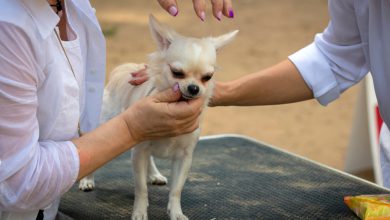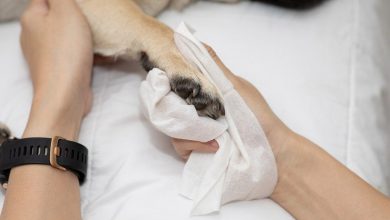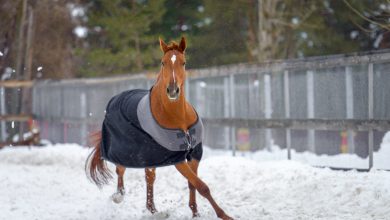
As the saying goes—no hoof, no horse. That’s why it’s important to take your horse’s hoof health seriously, regardless of the season.

A good hoof comes from a combination of nutrition, environment, and care. Nail down your year-round hoof care approach in all three areas as well as care suggestions for common weather-related ailments.
Think about seasons in terms of weather-related challenges, rather than four distinct times of year. The two conditions are the “dry” and “wet” seasons.
Seasonal Drama

Dry Season
Time of year: Typically, summertime, and can include parts of spring and fall and year-round for some regions.
Challenge: Dry conditions mean dry feet.
Management: Help your horse’s feet regain and retain moisture.
Common ailments: Cracking and breaking off.
Treatment: Apply hoof sealant like Rain Maker to help the hoof retain moisture. If a hoof cracks, manage with trimming and shoes until it regrows. Treat deep cracks with disinfectant and keep the area clean to avoid infection. Overflow water troughs to give your horse a contained, controlled space to access soft, moist ground.

Wet Season
Time of year: Typically, wintertime, and can include parts of spring and fall.
Challenge: Excessive moisture.
Management: Keep your horse’s living space mucked, dry, and mud-free and clean his feet frequently.
Common ailments: Thrush, abscesses, and snowballing.
Treatment: If your horse develops thrush, you’ll likely notice the strong odor. You’ll also find soft spots and sticky, black tar-like build-up around the frog when you pick his feet. To treat it, clean the area, flush it with iodine, and keep it dry.
How To Treat It

A horse’s feet and his overall health is built from the inside out. Feed quality feed, and supplement if needed to ensure that your horse has all the nutrients he needs to grow a strong foot. Allowing your horse to graze is beneficial, as grass tends to have more micronutrients.
Read these 5 articles to understand hoof health.
Keep your horse on a strict trimming and shoeing schedule all year round. The time between depends on the horse and their individual hoof growth, but every four to six weeks is typical. A consistent schedule reduces the likelihood of chipping and allows your farrier to maintain the hoof’s shape and angle.
If your horse goes barefoot, whether for the season or consistently, continue to trim every six weeks at most to maintain shape and length. When you ride on rougher terrain, consider protective boots to avoid excessive wear or stone bruising.



